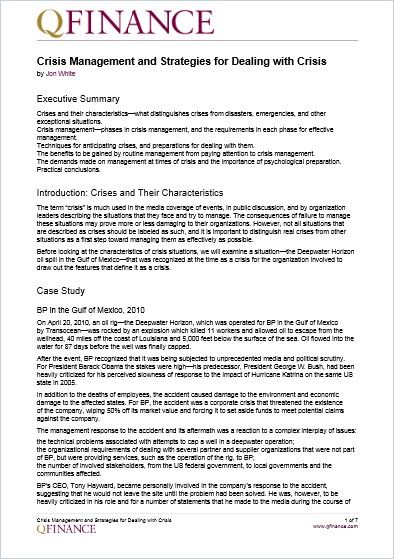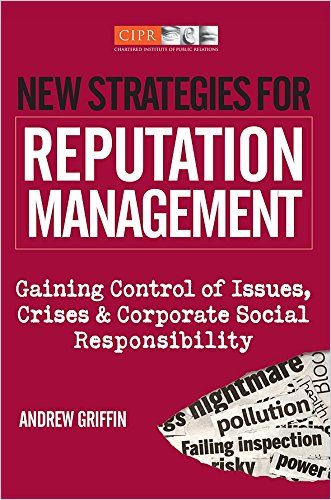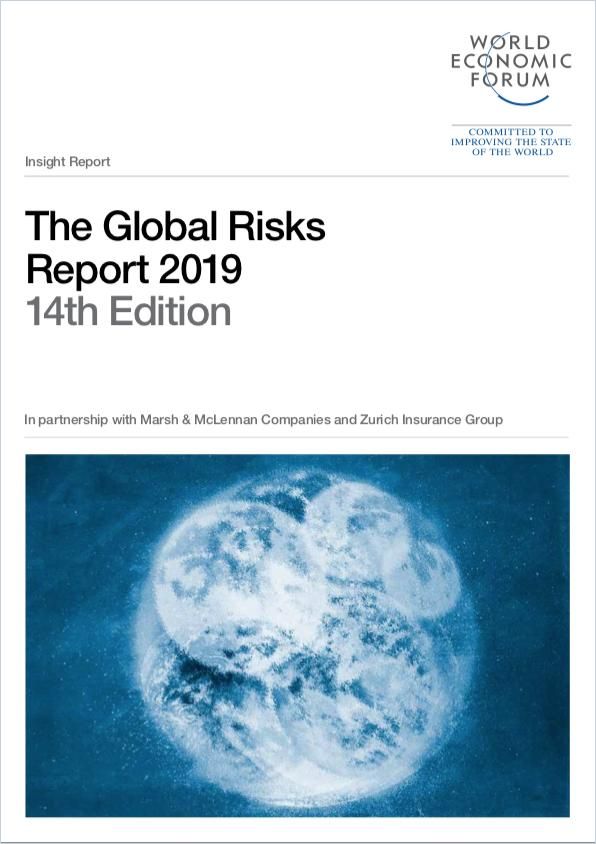Weaponized Lies

The saying goes, a lie travels halfway around the world while the truth is still getting its boots on. Social media makes the dissemination of knowledge as quick as a click. Sometimes the item is misinformation, and though not welcome, it’s easier to correct “for the record.” Other times, as Tesla founder Elon Musk can tell you, it can be costly. He tweeted he was thinking of taking Tesla private; it was just a joke. The SEC imposed a $20 million fine and Tesla’s board forced him out of the Chairman role.
Disinformation is more complex. Disinformation is a lie weaponized for delivery via social and other news outlets and once it’s out there, it can be hard to reel in. The danger to democracy from disinformation campaigns is already well-documented, but the danger to health and connection to trade is also clear: The coronavirus pandemic spawned a never-ending torrent of mis- and disinformation globally, from speculation about its origins to supposed cures.
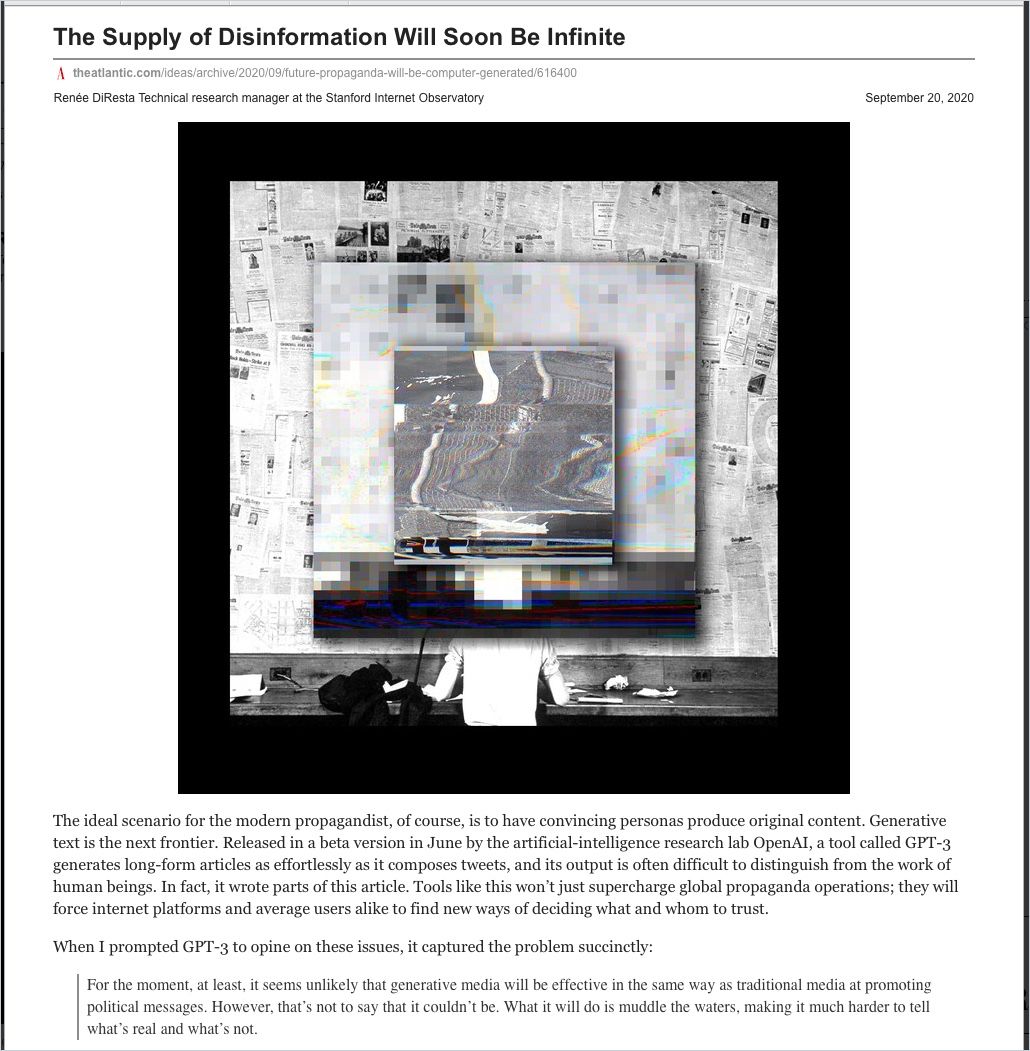
The UN was so alarmed by the spread of coronavirus disinformation, it created a graphic about the “infodemic.”
One claim spread in India linked catching the virus to eating chicken. Poultry sellers lost $182 million over a three-week period as demand plummeted.
The Indian government fought the disinformation, but demand has not completely bounced back. And, unfortunately, this is not a single case: Coronavirus disinformation is rampant. Cornell University researchers analyzed 38 million English-language articles about the pandemic and found that President Donald Trump’s coronavirus coverage is the source for 38% of COVID-19 disinformation circulating in the United States.
While critical questions, doubts and skepticism must always be part of a vital democracy – and also of a viable company – there is no question that these and other campaigns strangle the US economic recovery. And as disinformation proliferates, bad actors will increasingly target companies. The World Economic Forum lists disinformation as a top global risk in its assessments for 2024. According to a study by cybersecurity company CHEQ and the University of Baltimore, fake news costs business $78 billion annually, including $39 million worth of losses in stock valuations.
Disinformation is Social Malware
Companies understand the potential costs of malicious code, malware, that wreaks havoc on their business processes. But few yet understand the impact of disinformation. Without a set of common facts, it’s hard to make progress in any conversation, and brands rely on their conversation with the public to establish trust and to build their reputation. Malicious actors can hijack that conversation and do real damage.
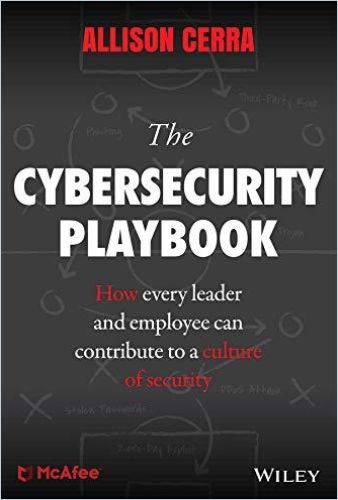
Fake news and disinformation campaigns begin in the far reaches of the anonymous web and wind up on social media outlets, often boosted by bots. The goal is for a mainstream news outlet to report the item as fact, which lends it credibility. On the other hand, if an outlet debunks an item, that also lends it a sort of credibility and drives traffic to the disinformation source, whether it’s an article or a video or image. This can have the effect of further legitimizing and spreading the disinformation. Not all newsrooms track provenance or vet an item first reported by another news outlet.
Disinformation publishers of all stripes use bot networks to amplify their campaigns online. Bad actors may falsify information investors rely upon at several points.
AI-generated information published on the fly can affect things like energy prices or interbank lending rates before the market realizes it’s fake.
When semiconductor manufacturer Broadcom Inc. announced its acquisition of CA Technologies, media reported a leaked US Department of Defense memo calling for a national security review of the deal, which drove company stock prices down; the memo was fake. The UK’s Metro Bank was the target of a disinformation campaign on Twitter and WhatsApp that spread the rumor the institution was close to collapse. Share prices fell by 11% before they could counter the reports. As technologies evolve, so will the sophistication of disinformation campaigns.
Social media sites will have to improve their ability to detect media manipulation and “deepfakes” as technologies evolve. Procter & Gamble pulled $140 million in digital ads in 2017 when YouTube placed its spots next to questionable content, dinging its brand. And guess what? P&G isn’t the only company thinking disinformation and conspiracy theories will hurt their brand, and the revenue losses made social media platforms rethink their policies.

How to Inoculate Your Brand Against Disinformation
1. Establish your own social media channels and build trust with your audience.
Make your channels the trusted authority on everything related to your brand. Dedicate resources to “social listening,” so you have a head’s up when misinformation or disinformation is circulating about your brand. With official social media channels, you can quickly debunk wrong information. Contact the platform with your evidence when bad actors spread disinformation.
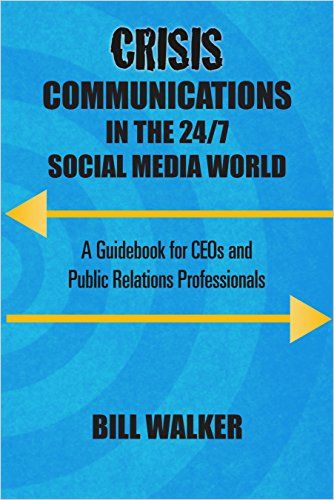
Crisis Communications in the 24/7 Social Media World
Paramount Market PublishingIf your business relies on positive reviews, you may be uniquely vulnerable to disinformation campaigns designed to either make you look bad, or to boost competitors so they rank higher on search engines. While platforms like Yelp, TripAdvisor and Amazon are cracking down on this kind of disinformation and customers are getting better at spotting fake reviews, you can give yours a competitive edge when you encourage your customers to post authentic reviews that include details about their positive experience with your brand.
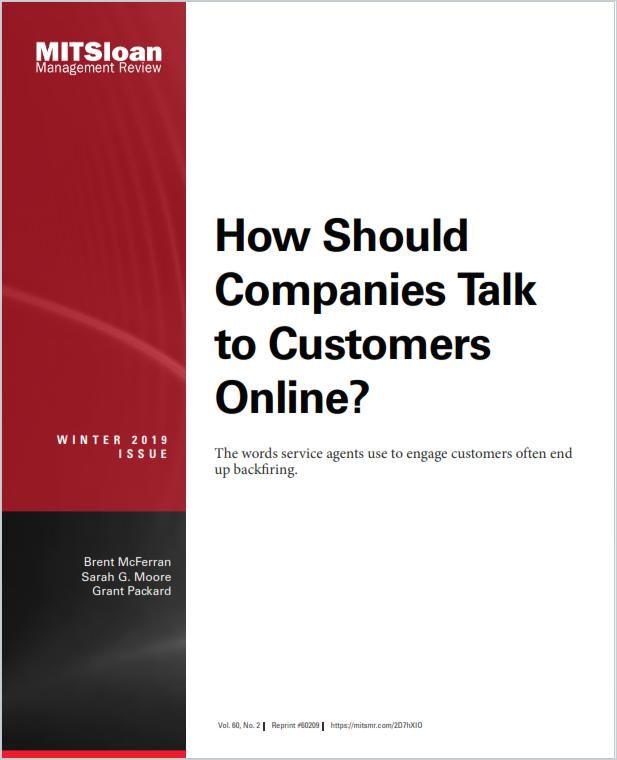
How Should Companies Talk to Customers Online?
MIT Sloan Management ReviewDon’t just publish the glowing reviews. People reading through them will find them more believable if you leave the less-than-stellar ones; better yet, if you respond to them. Bad reviews are an opportunity to highlight your fantastic customer service.

2. Consider proactive security measures as you would for any cyberthreat.
Assess potential vulnerabilities. Delegate a rapid response team and run drills. Running simulated attacks will give executives familiarity analyzing these kinds of crises in real time. If you’re the target of fake news, issue a rebuttal point by point. This is much more effective than a general denial. Companies exist with expertise in his area to help you develop your plans.
3. Invest in robust communications from company leaders and credible experts.
Several laws are available to help you safeguard your intellectual property and your reputation, and nip disinformation campaigns in the bud – such as defamation laws, or copyright laws for infringement if the fraudster is using your logo.
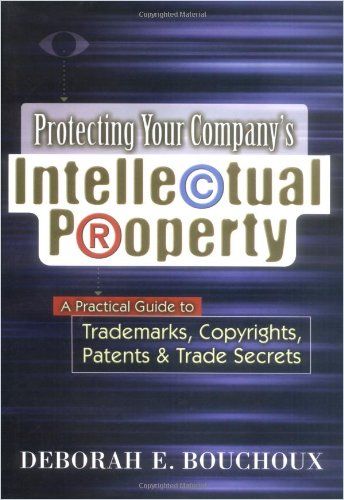
Take the disinformation landscape seriously. It pays to have a plan in place to counter fake news before it spreads.
And no: You can’t afford to do nothing.
What to read next:
